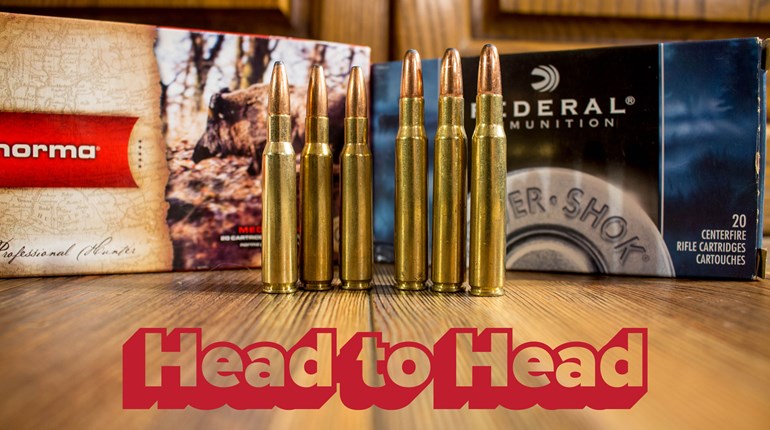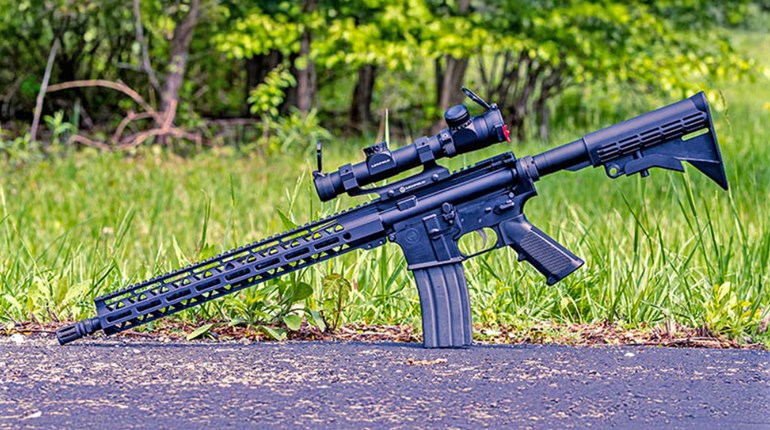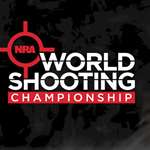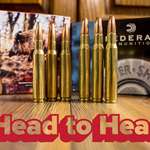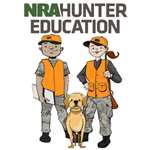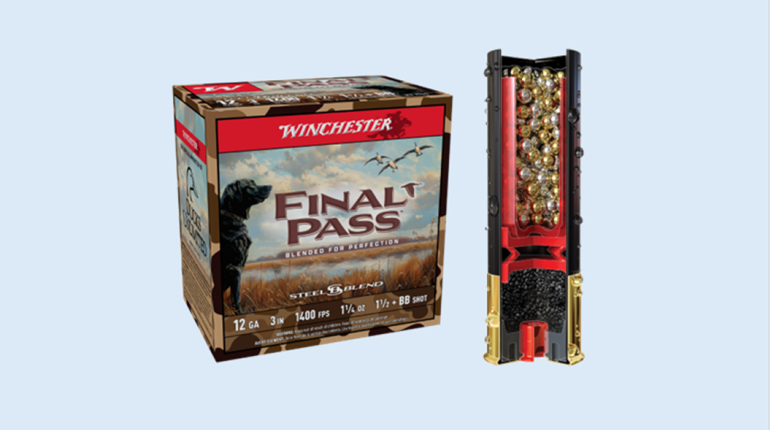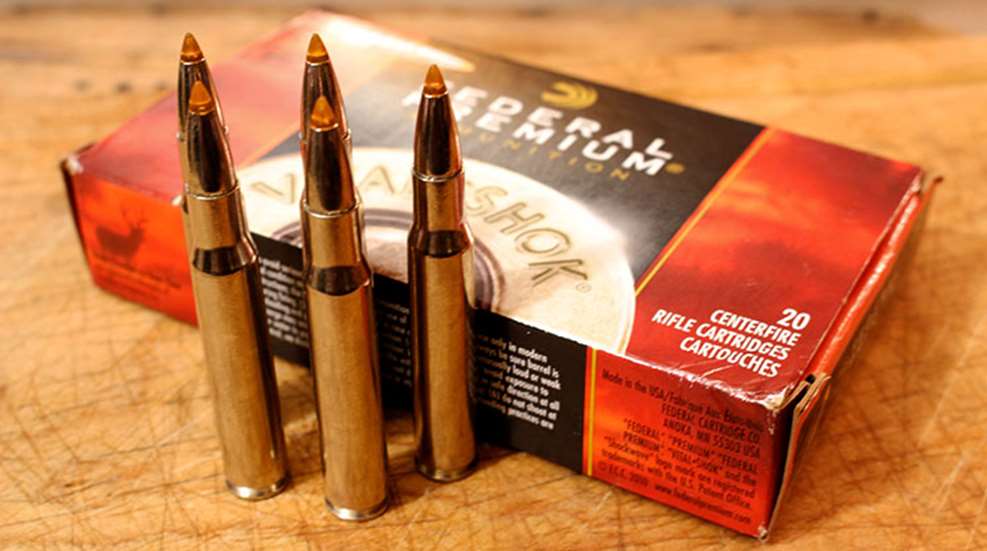
North America has a wide variety of huntable species, inhabiting many different types of terrain. While there a few cartridges that can truly be called all-around choices—the 7mm Remington Magnum, .30-’06 Springfield and .300 Winchester Magnum come quickly to mind—there’s absolutely nothing wrong with picking a cartridge that perfectly suits the game at hand. Bison and brown bears are much larger than pronghorn antelope and whitetail deer, and it wouldn’t be a bad idea to choose a different cartridge for the two classes of game animal. We are going to invariably have a bit of overlap in cartridge choice, but I’d like to take a look at what I consider to be the optimal choice for each species, or class thereof, across the continent.
Deer
Our deer vary in size pretty radically, if you think about the small whitetails of Florida, and then the huge bodied deer of Saskatchewan. Add in the beefy mule deer, and throw the blacktail deer into the mix, and you’ve got a considerable size difference. But, if I were building a dedicated deer rifle, one that will handle any deer anywhere, I’d probably have it chambered in .308 Winchester. It is plenty accurate, has all the energy you’d need to take a deer at any sane hunting range, and is manageable for just about every shooter. There are many similar choices, like the good old .30-’06, .270 Winchester or the 7mm-08 Remington, but it’s hard to argue with the .308 Winchester. It has a good choice of bullet weight, can be housed in a nice, light rifle for those rugged deer hunts, and ammunition is readily available. It will also handle a deer out to any sane hunting range, and handle it well.
Bears
We’ll have to break this up into two groups: black bears and grizzly bears. The black bear is definitely more popular, with a much wider range. They are hunted over bait, with hounds, spot-and-stalk, and as a target of opportunity where their ranges overlap the deer. While the .30 calibers will work fine for black bears, I think perhaps a bit more frontal diameter could come in handy in a dedicated bear gun. The .338-’06 A-Square—while vastly overlooked—actually makes a pretty good compromise of bullet weight and trajectory, while punching a bigger hole than most of our standard cartridges. It can use the 250-grain bullets very well, for baited hunts and other close range scenarios, but will also drive the 200 and 225-grain bullets to respectable velocities for the longer shots on a spot-and-stalk hunt. Brown and grizzly bears are an entirely different story. They can be huge, and most definitely dangerous. Many are taken each year with the 7mm and .30 caliber cartridges, but I personally feel a larger bore is warranted, especially for the big coastal bears. I find the .375 H&H Magnum to be one of the most useful cartridges ever made, and it’s a perfect application for big bears, at any hunting range. One of the beauties of the .375 H&H is that—among the big bores—most shooters can learn to shoot it effectively. And once you do, you’ll find yourself wanting to shoot it more often.
Elk
These majestic deer can present all sorts of challenges to a hunter. Sometimes a cross-canyon shot is the only one you’ll be offered, or perhaps a less-than-desirable shot angle is all you’ve got; either way, you’ll need a cartridge that will get the job done in any situation. There have been countless debates and arguments regarding whether or not you need a small cannon for elk, or your deer rifle will suffice, and there are many correct answers to the same question. I feel that elk hunting is a perfect scenario for the .300 Winchester Magnum. It is flat shooting, hard hitting, and plenty accurate. Most shooters can become proficient with the .300 Winchester pretty easily, and while there’s absolutely nothing wrong with using a heavier bore, the .300 will certainly get the job done.
Caribou
The wide open tundra or tioga can be a windy mess, requiring a cartridge that will not only give a flat trajectory to reach a distant bull, but utilize bullets of a high B.C. to resist wind deflection. Caribou aren’t especially difficult to kill, but in those windy conditions they can be hard to hit properly. I like a speedy cartridge, primarily for the above mentioned reasons. The 7mm Remington Magnum, as well as the old .264 Winchester Magnum, .26 Nosler and 6.5-300 Weatherby are all excellent choices for caribou hunting, so choose your poison and you’ll be alright. The 7mm Remmy is most popular of the lot, so that’s a consideration, but they’ll all do the job very well.
Moose
The largest of our deer species can pose an issue, with regards to the perfect choice. You’ll want a heavy bullet, to properly penetrate the huge body and shoulder bones, yet you’ll also need a bit of reach-out-and-touch-‘em, as sometimes moose are across a lake or bog, with distances on the longer side of normal. I like the .338 Winchester Magnum for just such a purpose. It’ll drive a 250-grain bullet to 2,600 fps or better, giving a solid blend of useable trajectory and striking power. Those bullets will give good penetration, helping to put your moose down without a long tracking job; moose are tough enough to get out without having to track one into a nasty spot.
Bison/Muskox
Both of these can soak up a considerable amount of lead, and warrant a cartridge capable of delivering a heavy bullet at a decent velocity. Tough hides and shoulder bones need to be penetrated, and like the brown bear, I like the .375 H&H for both of the North American bovine species. I’ve seen lesser cartridges work, but I’ve seen them fail as well. I took my own bison on the Triple U Ranch in South Dakota back in 2003 with a .375 H&H, and it worked perfectly. It shoots flatter than you’d think, with a trajectory on par with the .30-’06, and nearly twice the horsepower.
Goats
The mountain goat is a sleeper, representing a unique challenge. They are much tougher than they look, and that aside, they often need to be anchored where they stand, to prevent them from climbing into a spot where recovery is impossible. Even worse, the possibility of falling off a cliff is very real, breaking those jet black horns. This is a job for a fast .30 or 7mm at least, and there’s nothing wrong with one of the faster .33s. The new .30 Nosler or the old .300 Weatherby Magnum—the ballistics are virtually identical—make a sensible choice.
Sheep
The opportunity to hunt the four species of wild sheep are shrinking rapidly, and if you’re lucky enough to have that opportunity, you’ll want to do a considerable amount of practice with your chosen cartridge. Shot distances vary, and some can be truly long. Sheep are not tough, and are rather thin-skinned, so bullet construction is not a huge consideration, but you do have to hit your target. It’s hard to argue with Jack O’Connor’s .270 Winchester; it shoots flat, and has enough oomph to cleanly take sheep, but I feel that a sheep hunt is the perfect setting for the .280 Ackley Improved. It has a muzzle velocity very close to the 7mm Remington Magnum, yet can be housed in a lightweight rifle that will be appreciated on the steep mountain sides. The 7mm bullets offer a slight advantage over the .270, in a rifle of the same size and weight, and the .280 AI is an excellent platform for launching those bullets.
Pronghorn Antelope
The Great Plains is a wonderful place to be in the early fall, and hunting pronghorn antelope is great sport. They’re not large, not overly tough, but the open plain can be very windy, and getting close to an animal with such fantastic vision can be difficult. For game animals of this size, the 6.5mm bullets are absolutely perfect. Personally, I prefer the 6.5-284 Norma, but ammunition is limited and can be difficult to find in a pinch. I have to give the edge to the 6.5 Creedmoor; if ever there were a hunting scenario that was perfect for this popular target cartridge, pronghorn hunting is the one. The sleek 6.5mm bullets offer great wind deflection values, they are of sufficient weight to guarantee a quick kill, and Creedmoor ammunition is fast becoming readily available, even in the smaller gun shops.
Feral Hogs
Pigs are hunted with all sorts of different calibers, from .223 Remington up to .45-70 Government. It’s hard to pick the one perfect caliber for all pig hunting, as the size of the hog and the distances at which it will be shot will dictate what’s appropriate. A large boar will have a gristle plate much tougher than the young sows, so I’ll have to lean toward a caliber that will cleanly handle the largest pig you’re apt to encounter. Like most scenarios in North America, the .30-’06 Springfield will get the job done on a pig of any size, in a cartridge that is easy to shoot. There’s a good reason that a cartridge over a century old still maintains the following that it does: it works on nearly anything you’d hunt, and works well.
There are many correct answers for each different hunting scenario, and it’s nearly impossible to lock down that one best cartridge, but I feel that if you were to choose those I’ve recommended, the rifle in hand wouldn’t be a concern in the field. That doesn’t mean that your chosen cartridge—if different than those listed—is necessarily wrong, as there are many that offer very similar performance, but our common cartridges are common for a reason: they’ve proven themselves for quite some time.












